The future of World of Warcraft
How Blizzard's game-changing MMO will continue to evolve even after 12 years.
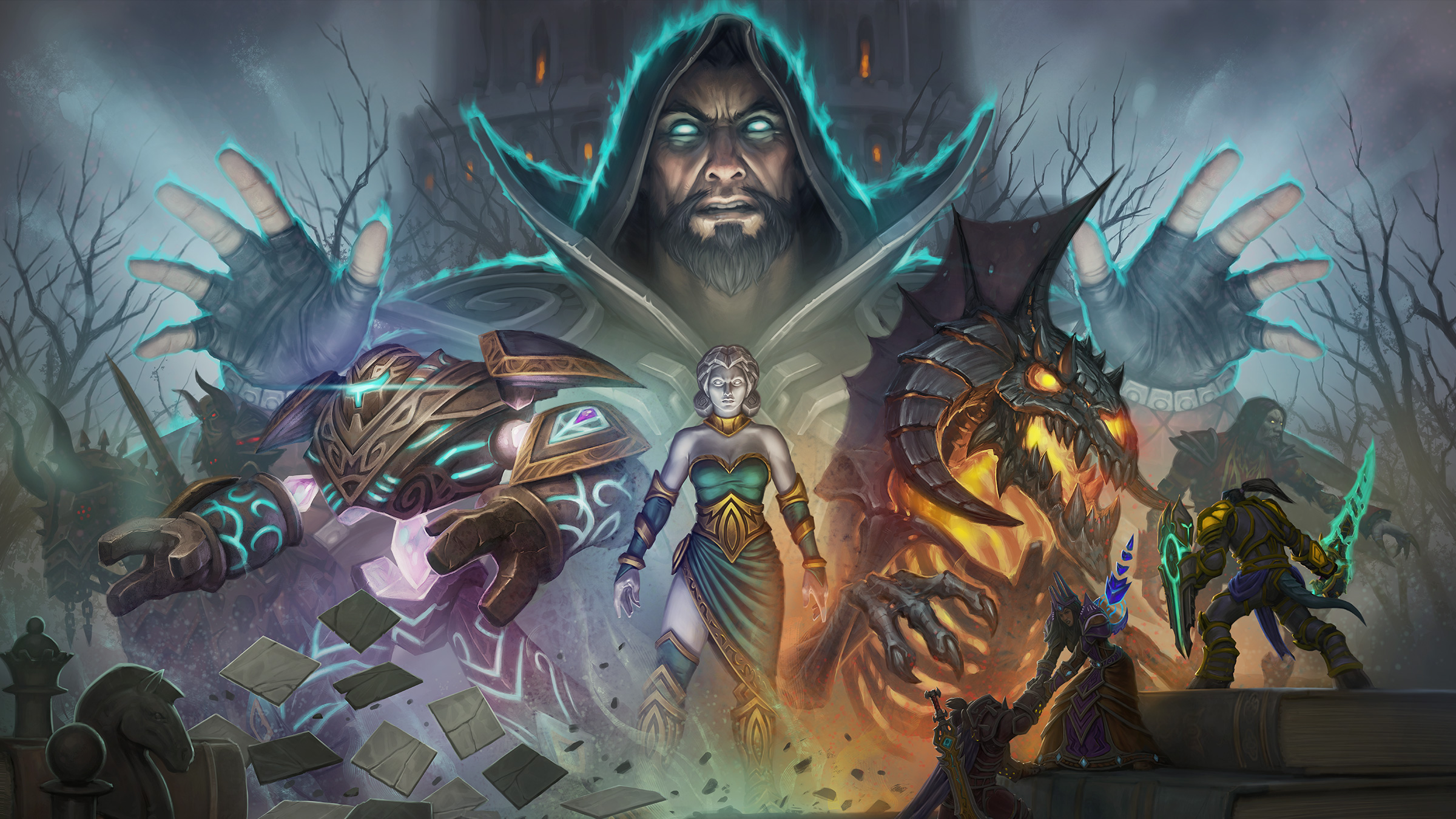
For a decade, World of Warcraft has been in uncharted territory—a massively successful game in a genre without an established playbook to follow. Blizzard wasn't just inventing the rules of the game. They were also setting the standard that every other MMO would follow, for better and for worse.
With its biggest update ever still warm from the oven, I had a chance to talk with several developers at Blizzard about the significance of Patch 7.2. But that conversation inevitably led to game director Ion Hazzikostas and I discussing the future of World of Warcraft—a seemingly novel idea for a game that's almost old enough to start dating.
It's still far too soon to talk concrete details of the next expansion, but Hazzikostas was able to talk about how new philosophies were transforming World of Warcraft as we know it.
Sins of the past
"No one signs up to make a game that they think is going to last over a decade," Hazzikostas admits. "You make decisions where you don't think about how it might play out 10 years from now."
Talking to Hazzikostas, I get the sense that Blizzard has been paying for the design sins of Warcraft's past for quite some time, and, in a sense, so too have its players. In the early days of World of Warcraft's life, Hazzikostas explains that there was too little attention paid to how game systems might age over time. There's a lot of baggage that comes with adding another ten character levels with each new expansion. The levels themselves aren't the problem: it's the new abilities and enhancements that come along with them.
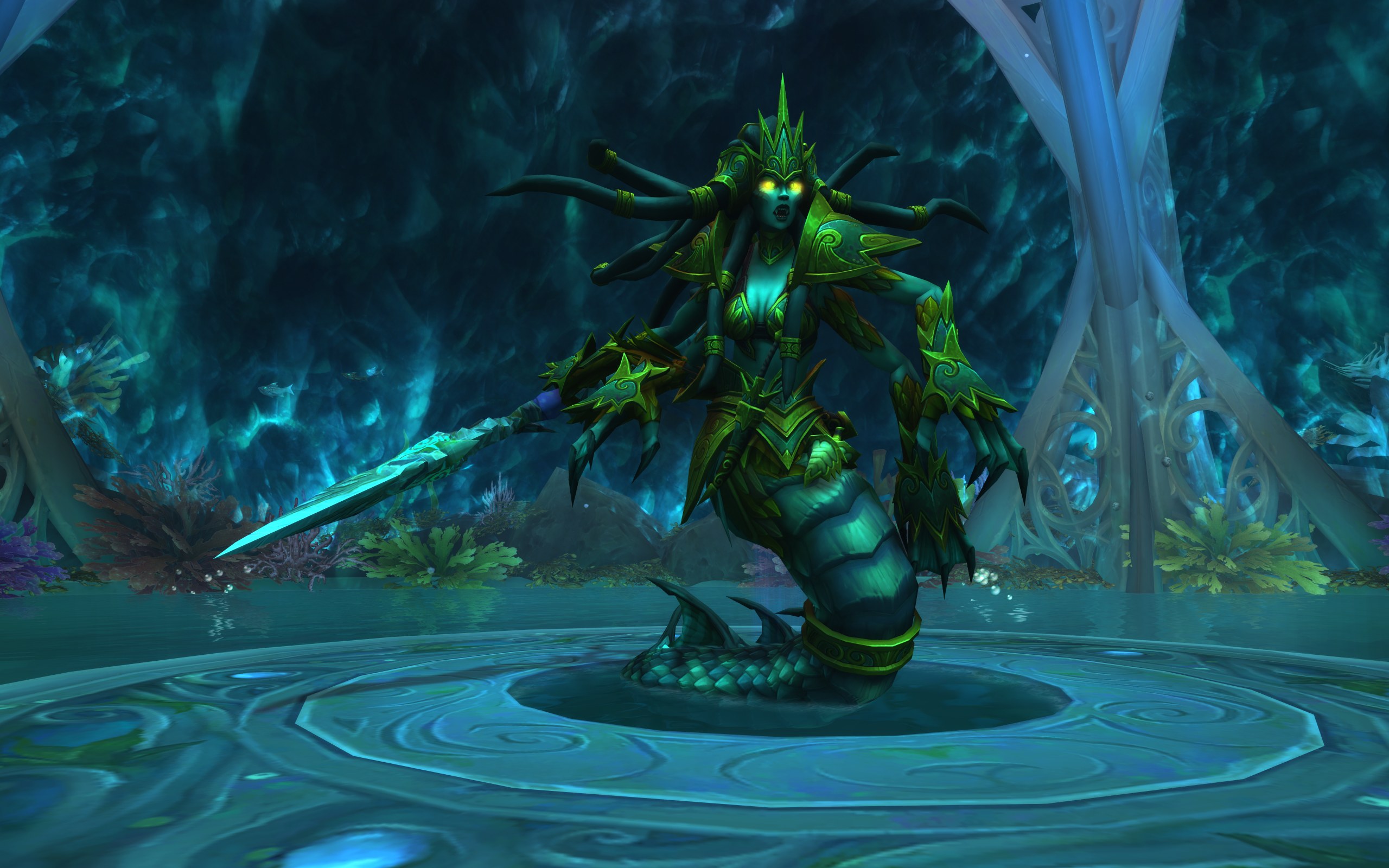
In the past, World of Warcraft had a talent system fairly typical to most RPGs. Each class had three skill trees full of passive buffs and abilities that centered around a specific playstyle. As you gained levels, you dropped points into those trees to customize your character's skillset. But one of its biggest flaws was that, with 85 levels, it was a lot of points to manage. "At some point the entire system becomes an incomprehensible mess," Hazzikostas explains.
No one signs up to make a game that they think is going to last over a decade. You make decisions where you don't think about how it might play out 10 years from now.
That's why the Mists of Pandaria expansion revamped the whole talent tree for a system that, for now, is a lot simpler. Every 15 levels, you select a talent from one of three choices. More recently, Legion overhauled each class entirely, eliminating non-essential abilities to refocus on what makes each archetype appealing.
The biggest gaming news, reviews and hardware deals
Keep up to date with the most important stories and the best deals, as picked by the PC Gamer team.
But it's a problem that nearly every area of World of Warcraft struggles with. As the game continues to expand, at what point do its own systems buckle under that massive weight?
"We are becoming increasingly aware of the cost of any change we make that has ongoing maintenance and the risk of design bloat," Hazzikostas says. "If we keep adding and adding with every expansion, eventually what we end up with becomes very unwieldy. It's an issue that we weren't cognizant enough of early on because we were in uncharted territory, but we are now."
It's a tough problem that one of Legion's boldest ideas holds the solution for. While players will always offer sacrifices to the altar of Lady Luck for that sweet gear upgrade, one less piece of equipment they have to worry about dropping from monsters is weapons. In Legion, each character receives a powerful artifact weapon unique to their class specialization. These weapons have their own levels and form of experience points, and as you power them up you unlock new buffs and customization options. But that's not what's special about artifact weapons—it's that when players eventually leave the Broken Isles behind, they'll also leave those weapons behind.
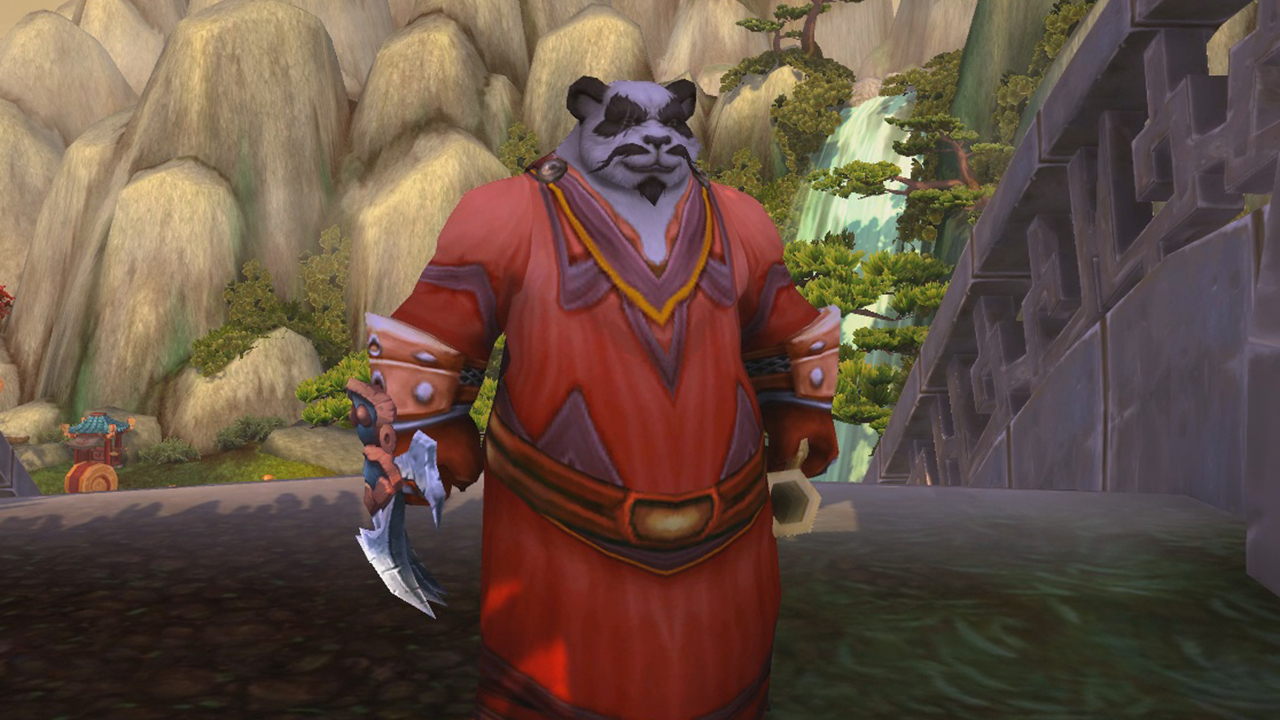
Not everyone is eager to do battle against the demonic forces of the Legion. Sometimes, you just want to pick a flower—or a couple million of them. Meet the player who reached level 110 by doing just that. Why? Not even he really knows.
"We've been undertaking a lot more deliberately expansion-specific experiments that lets us take greater risks without altering fundamentals of the game," Hazzikostas says. "Artifact weapons in Legion are a great example of that. We've said from the outset these are integral to the story of Legion, but they're not going to be an evergreen element of World of Warcraft going forward. If they were, they would've been much less cool. We almost certainly wouldn't have sat around and agreed to a design that involved us saying, well, what if players just never get another new weapon again? Ever?"
"We would've had to design an entirely different system if we were making artifacts a permanent element of World of Warcraft. But when we're willing to say, this is something central to just Legion, we really can just dial it up to 11, plumb its depths, learn lessons from what worked and what didn't, and take that forward," Hazzikostas adds.
And that's a big reason why I'm so excited about World of Warcraft's future. Without the burden of making changes that need to stand the test of time, Blizzard is in a place to take greater risks and see what works. World of Warcraft is at its best when it isn't chained to the weight of its own legacy, and these changes, more than anything, make Warcraft feel new again. But that doesn't mean there aren't problems.
Ship of Theseus
Legion is giving Blizzard a new license to take chances, but if new systems are continually added or overhauled, at what point does World of Warcraft stop feeling like World of Warcraft?
"Change is inevitable," Hazzikostas tells me. "We're always trying to innovate and do new things, but we know there is a cost for every change we make. The result of any change is that it's going to push some people away."
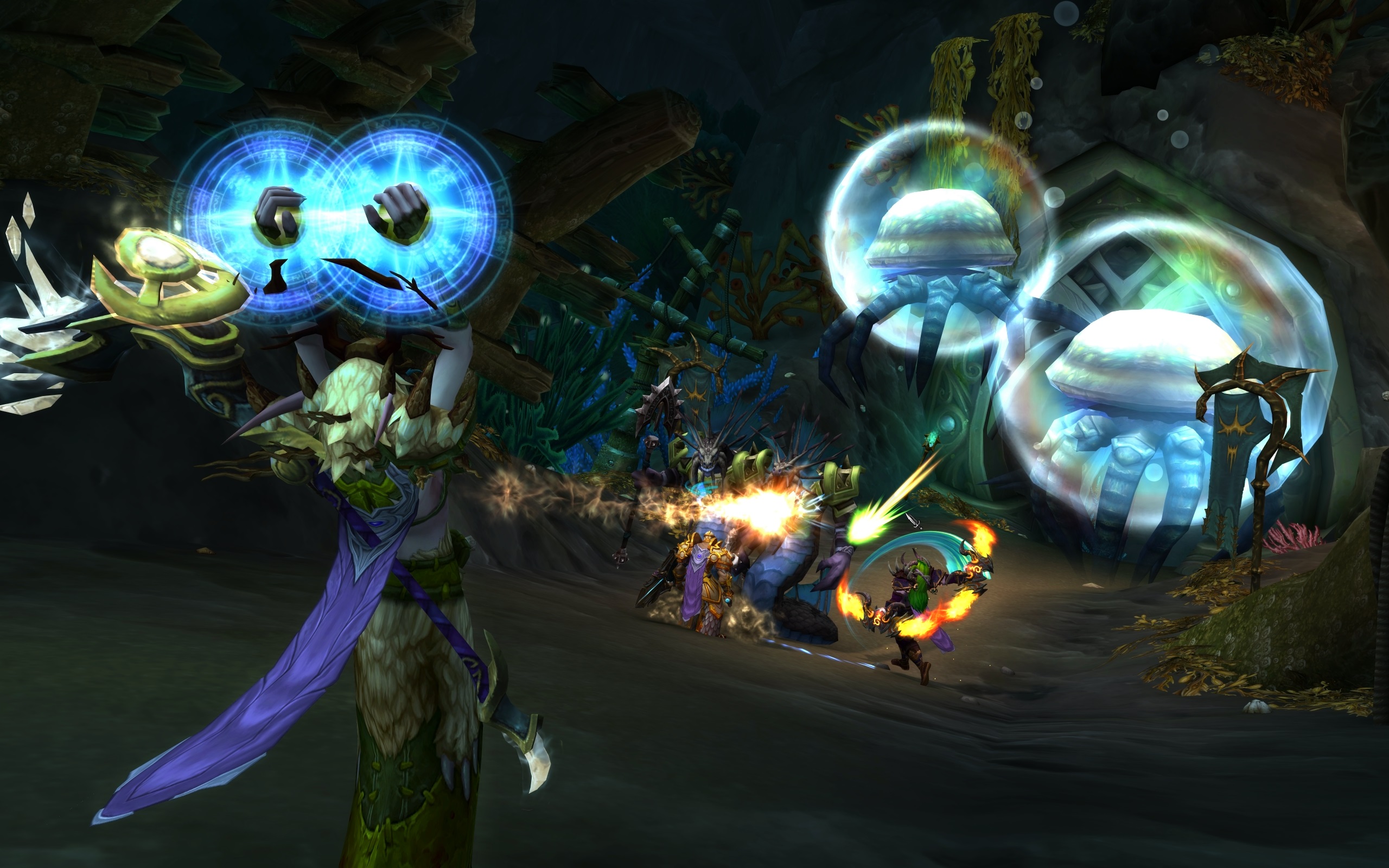
And it's no secret that it already has. Beyond the reports that subscriber numbers began to drop off following the release of Cataclysm, you don't have to read far into any forum thread or comment section to find people lamenting all the reasons World of Warcraft no longer satisfies. Despite how gleefully some people like to prophesy doom and gloom for Warcraft, Hazzikostas still sees that glass as well over half full. "I think it's amazing that we have millions of people playing."
It's a catch-22 of long-term game development: How do you add new content and keep a game feeling fresh without distancing yourself from what people loved about it in the first place? "It's a mix of identifying and maintaining key pillars and fundamentals of the game, while being willing to innovate and take risks and try new things," Hazzikostas says. "The core of the open world questing gameplay, exploring, completing quests, killing creatures—all of those things have been mainstays of the game that we see as the bread and butter. It's the first part of every expansion we plan out and they're essential."
We're always trying to innovate and do new things, but we know there is a cost for every change we make.
According to Hazzikostas, those fundamentals are the immutable core of World of Warcraft's DNA. "Five years from now, they'll be five-player groups crawling through dungeons, learning and killing new bosses, and getting sweet loot, people will be exploring new continents, I don't see those things changing," he says. We're going to continue to innovate on endgame structures in particular, continuing to focus on the replayability and dynamic feeling of our outdoor world."
That last bit is important. As demonstrated by Legion's memorable launch event and the new patch, Blizzard has invested a lot of energy into making Azeroth feel alive and ever-changing. Right now, the Burning Legion is periodically launching demonic invasions across different zones of the Broken Isles that players have to rally to repel. These invasions have a dramatic effect on the local area, as towns become overrun with monsters, hellfire rains from the sky, and all the active world quests change to reflect the new threat.
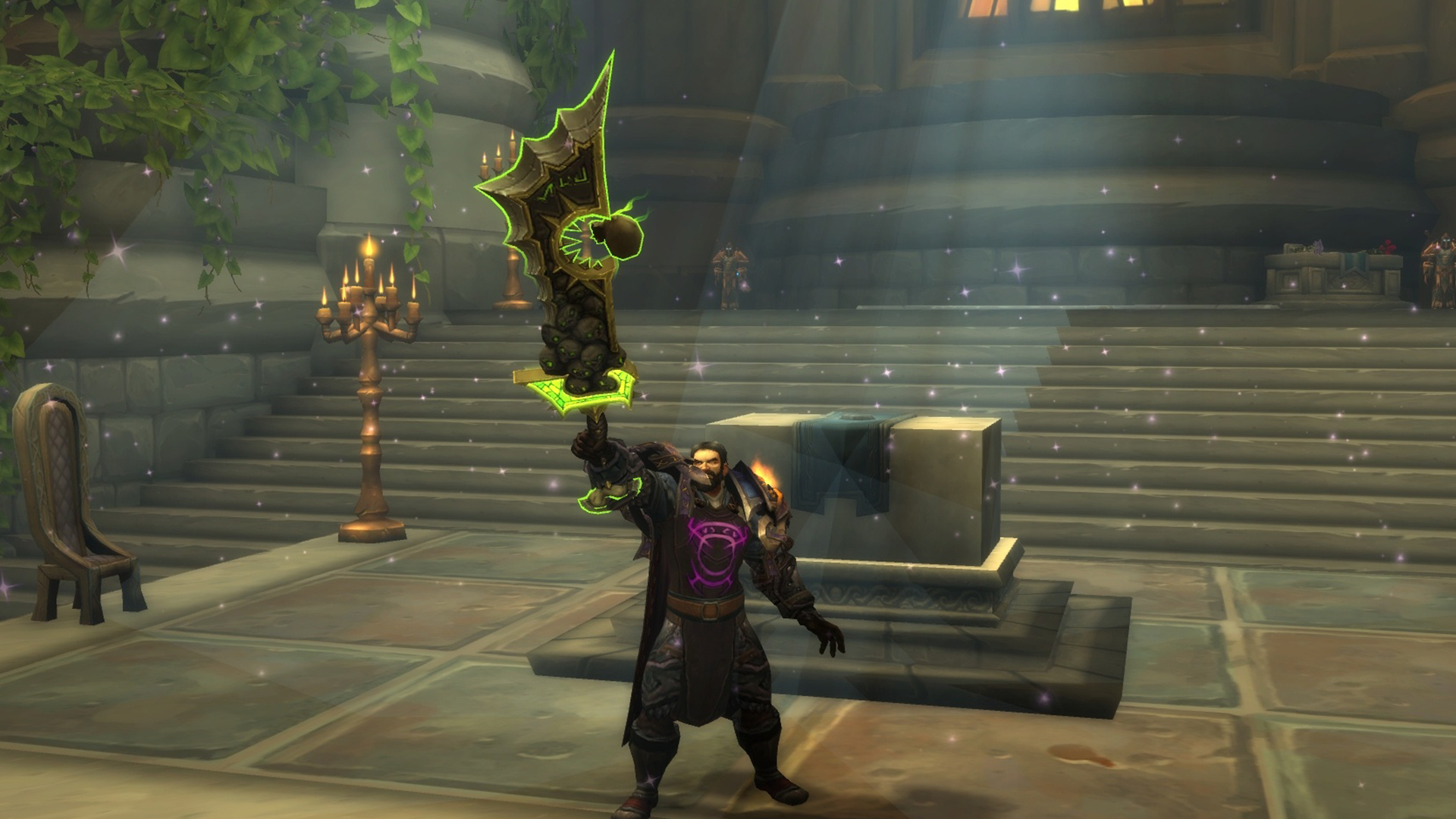
Legion has also introduced a host of weekly events that mean there's something to look forward to each week in Azeroth. PVP Brawls take a Hearthstone-esque approach to classic battlegrounds by tossing the rules out the window in favor of wacky concepts like PVP battles without gravity, for example. Much of Patch 7.2 is also, contentiously, time-gated content that rolls out week by week. While many players are understandably frustrated because they can't binge patch content like they used to, it is kind of nice to have new quests to look forward to with each week. And, whether you like it or not, the future will likely have a lot more of that.
"Variety and pacing are integral to the quality of the gameplay experience. When you order a meal at a restaurant, the waiter might take your order for drinks, salad, appetizer, and entrée all at once but if it’s a good restaurant, odds are that those items won’t all be plopped down on your table at the same time," Hazzikostas says.
Seeing the future
Considering how different Legion feels from previous expansions, it's hard not to feel like there's a new vision guiding World of Warcraft. And it's one that I suspect we won't be able to judge fully until Legion is behind us and the heroes of Azeroth are facing a new threat. While Hazzikostas confirmed that preliminary work had begun on a new expansion, he wasn't able to reveal any details of what that might be. But that doesn't mean there aren't some educated guesses and clues that players are beginning to piece together.
For starters, Patch 7.3—which is easily half a year away—will take players to the eredar homeworld of Argus to bring the fight to the Legion's doorstep. It's the first time players will have taken an interstellar journey in Warcraft—not counting the orc homeworld of Draenor since it's been such a central location since the first game.
Story-wise, we try to think two expansions ahead at this point.
At this point, Azeroth feels like well-charted territory. The Broken Isles existed in the lore, but it didn't exist on the map until Legion—and that's not the first time an island has seemingly sprung out of nowhere in World of Warcraft. With the trip to Argus just on the horizon and Azeroth feeling a little too familiar, I ask Hazzikostas if leaving Azeroth for new planets is going to become a lot more common. "There's still large chunks of Azeroth that we have yet to visit," he contests. "If you look in the chronicle books, there's all sorts of landmasses, all sorts of cultures and foes we have yet to deal with. There's no lack of ideas on that front."
But Azeroth's retinue of villains is also seeming a bit thin. Legion could very well be the end of some of the biggest threats in the Warcraft universe, which have been around since Warcraft 2. If the world-rending titan Sargeras is defeated during the assault on Argus, who could possibly fill his shoes?
Hazzikostas isn't willing to say, but the community has some pretty damn good guesses. While the Burning Legion has been the big-bad for quite some time, there's bigger threats that players have already had a taste of. The world-corrupting Old Gods and their creators, the Void Lords, both present an infinitely greater threat to Azeroth. I mean, they're the reason the Burning Legion is trying to murder everyone in the first place.
For now, players will need to focus on the more immediate threat of repelling the Legion. Blizzard has committed to taking its time with this expansion, meaning it could be another year before they reveal plans for what comes after. But, as Hazzikostas assures me, they do have it all mapped out. "Story-wise, we try to think two expansions ahead at this point," he says. "We'll see what the end of Legion brings, but we're trying to make it a cohesive narrative that flows and segues from one expansion into the next."
With over 7 years of experience with in-depth feature reporting, Steven's mission is to chronicle the fascinating ways that games intersect our lives. Whether it's colossal in-game wars in an MMO, or long-haul truckers who turn to games to protect them from the loneliness of the open road, Steven tries to unearth PC gaming's greatest untold stories. His love of PC gaming started extremely early. Without money to spend, he spent an entire day watching the progress bar on a 25mb download of the Heroes of Might and Magic 2 demo that he then played for at least a hundred hours. It was a good demo.


